Figures & data
Table I. Characteristics of 128 evaluable tumours.
Figure 1. Complete response in malignant melanoma treated with radiation alone or combined with hyperthermia as a function of radiation dose (left) and tumour volume (right).
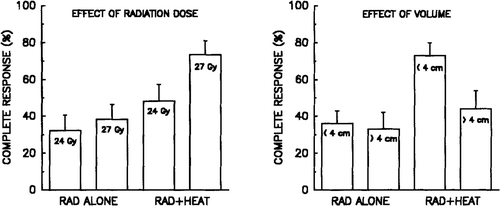
Table II. Initial tumour response in 128 evaluable tumours.
Table III. Univariate analysis of initial complete response and 2-year actuarial local control value as a function of treatment or stratification group.
Table IV. Final multivariate analysis of tumour response.
Figure 2. Tumour control probability after treatment with radiation alone or combined with hyperthermia.
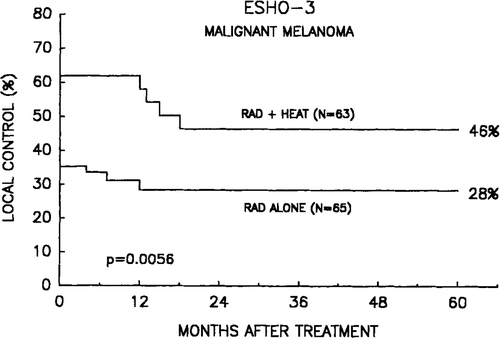
Figure 3. Response in comparable paired tumours from same patient. The tumours were selected to belong to same size strata (above or below 4 cm) and was given same radiotherapy (24 or 27 Gy), but with or without hyperthermia. The correlation is highly significant (p = 0.014; McNemar's test).
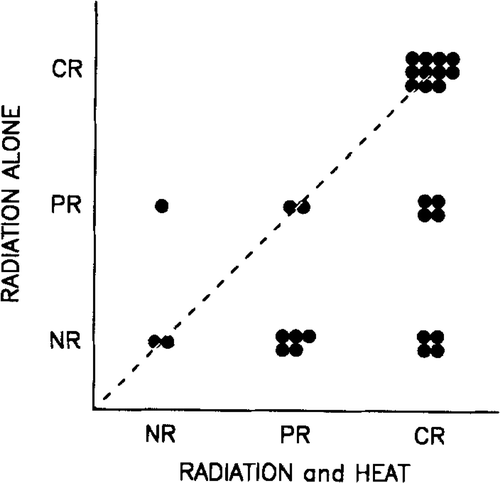
Table V. Acute and late radiation reaction in skin.
Figure 4. Relationship between the Tmax, Tmin and Tnorm, showing the quality and ability of the hyperthermic therapy.
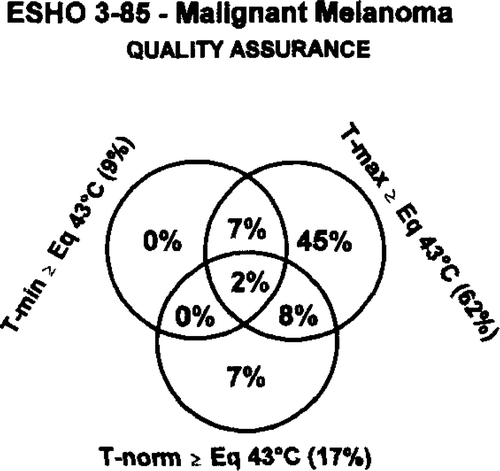
Figure 5. Relationship between the Tmax and Tmin in 168 heat treatments. The correlation is highly significant (p < 0.0001, Spearman). The dashed lines separates between treatments above or below 60 min Eq. 43 C, and indicate the number of sufficient and insufficient heat treatments.
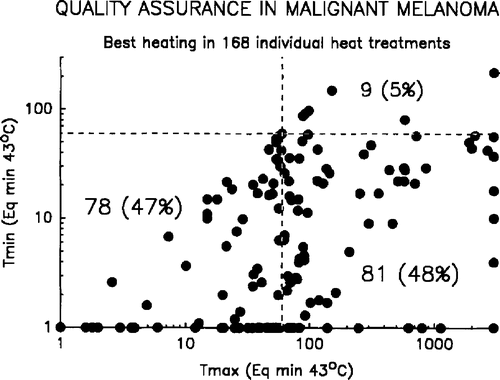
Table VI. Spearman rank correlation and statistical analysis of 168 heat treatments.
Figure 6. Effect of heating quality. Tumour control probability after treatment with radiation alone or combined with high or low dose hyperthermia above or below the median value of Av-Tmax. Data from 65 non-heated and 54 heated tumours where sufficient temperature data were available.
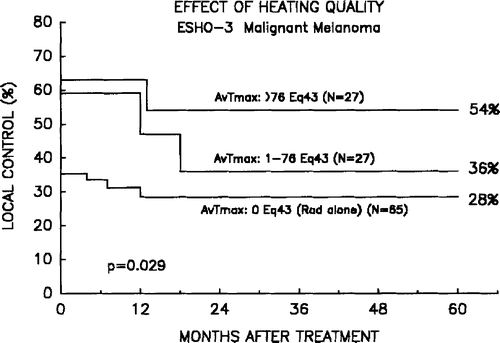
Table VII. Prognostic importance of various temperature parameters describing the heating quality. Univariate and final multivariate levels of significance are given for data analysed by stepwise logistic regression analysis using CR as endpoint and by Cox proportional hazard analysis using 2-years local control probability.
Figure 7. The values and relationship between Tmax/any and Tmax/any (top) and between Av-Tmax and Av-Tmin (bottom) for 54 heated tumours with evaluable data. The dashed lines separate between treatments above or below 60 min Eq. 43°C, and indicate the number of sufficient and insufficient heat treatments.
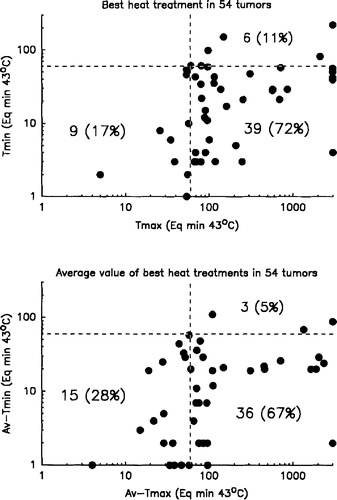
Figure 8. Probability of crude survival in all patients with evaluable tumours (top left); in patients with or without persistent control of all known disease at the time of treatment (top right); as a function of number of recurrent or metastatic tumours (bottom left); and related to sex (bottom right).
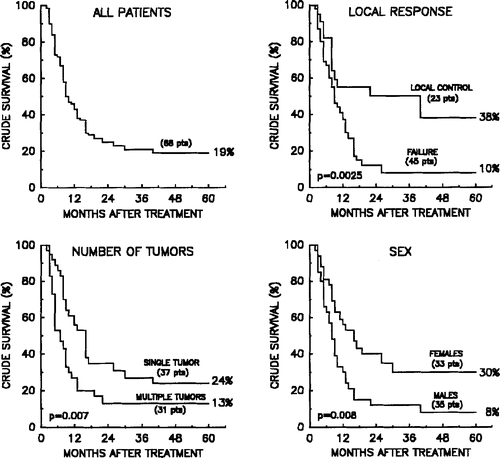
Table VIII. Cox proportional hazard analysis of 68 patients using death as endpoint.